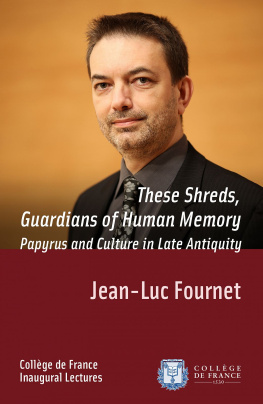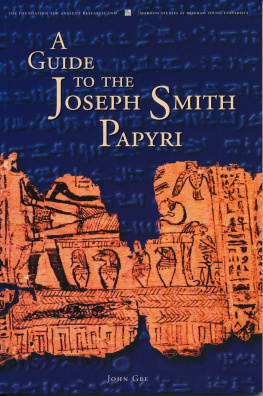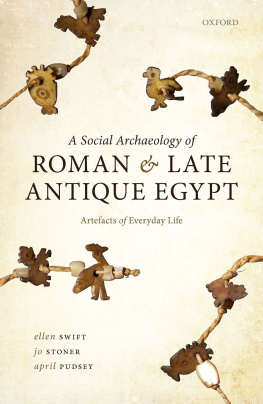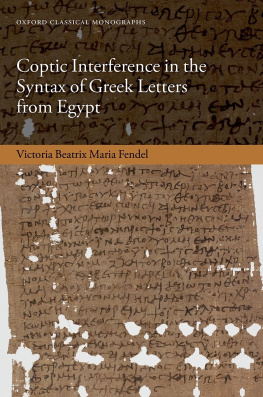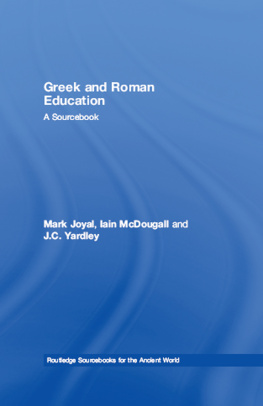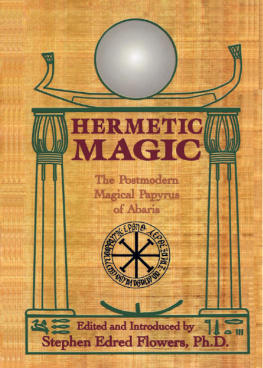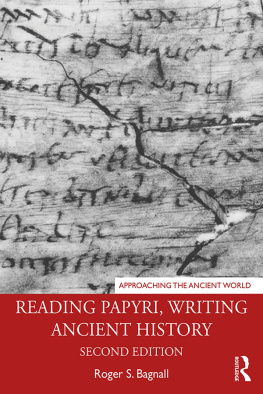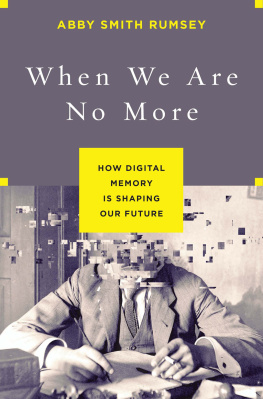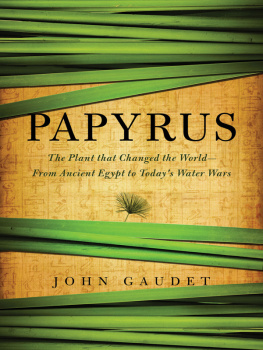Research on Byzantine papyrology, already in embryo in the seminal work of scholars such as Jean Maspero and Pierre Jouguet, has developed under the driving force of great papyrologists such as Roger Rmondon and more recently Jean Gascou. The colleague that I have the honour of presenting to you tonight is their worthy successor.
Papyrology covers a millennium of history, from the arrival of Alexander in 332 bce , to the Arab conquest in 642 ce . This millennium is both that of all the possible futures of the Ancient World, and a gold mine of documents of all types, the volume of which is incomparably larger than that of the literary works that have fallen into our hands. The specific feature of papyrology is precisely the fact that it has renewed and provided a different orientation to our approach to that time period, which was long considered a sort of medieval-like dark age during which the emerging monotheisms supposedly attempted, at worst, to eradicate classical culture, or at best to forget it. Since the Renaissance, that culture has been adopted by our own as the model to follow. The parallel with the Middle Ages in the West is all the more relevant insofar as that time period is no longer considered dark, on quite the contrary. The same goes for Late Antiquity.
In this sense, the transitional period of the Christian era provided an ideal context for the progressive layering of cultures and languages, to which Christian domination would add a new stratum, rejecting many of the givens of Antiquity and establishing its own literature, as Islam and Arabization would in turn do just a few centuries later.
What today appears to us to be the result of an almost linear process of change was not without fruitless research or dead-end undertakings. On the religious level, during the beginnings of Christianity, Egypt was buzzing with intense theological activity: it fostered the development of great heresies as well as monasticism and promoted vigorous schools of thought in Middle Egypt, of which the texts of Nag Hammadi among others have informed us in many respects. From them, we are able to understand the incredible melting pot constituted not only by Egypt but also by all of the Near and Far East, at a time when all of their cultures were being reconfigured in the new context of monotheisms, whether through their own movement or under the constraints imposed by this fact. These were the roots of the Near East that have dramatically resurfaced in our lives over the past years.
Byzantine studies or at least the French school originated with Gabriel Millets teaching of aesthetics and art history at the Collge de France from 1926 to 1937. Later, after the Second World War, his student Andr Grabar taught paleo-Christian and Byzantine archaeology for twenty years from 1946 to 1966, thus definitively founding the discipline. A chair in History and Civilization of the Byzantine World was later awarded to Gilbert Dagron, who held it from 1975 to 2001 and was also our administrator from 1997 to 2000. The field covered by Gilbert Dagron expanded the discipline to an even greater extent, encompassing the study of the history and civilization of the Byzantine Empire, the urban history of Constantinople in the fourth and fifth centuries, and the history of Asia Minor.
This is the backdrop against which the project for the chair in Written Culture of Late Antiquity and Byzantine Papyrology has emerged, the goal of which is to strengthen these studies in Paris over the long-term and to have them radiate out from the Collge de France. To be successful, we needed an appointee capable of covering not only a vast historical scope ranging from Late Antiquity to the Middle Ages, but also the discipline that enables new syntheses and which, to date, has never been represented at the Collge de France: papyrology.
Jean-Luc Fournets training and career have destined him for such a role. A student of the cole normale, a specialist, former scientific member of the Institut Franais dArchologie Orientale, Senior Researcher at the Centre National de la Recherche Scientifique, and professor at the cole Pratique des Hautes tudes, he trained with the most renowned masters of languages and of the fields essential for the ambitious undertaking that he has taken upon himself: to study the interaction of the classical world and the Orient over the span of approximately a millennium, in a part of the world where the sources of modern culture were spawned.
In his abundant bibliography almost 200 publications, including 7 books , linguistics and paleography take precedence, and in particular all of the states of language and writing from Greek to Arabic, including Egyptian, Demotic and Coptic.
Jean-Luc Fournet is also a man of fieldwork, who is just as happy participating in archaeological excavations as in collective scientific undertakings, of which he is most often the organizer. His abilities have earned him renown that has long since transcended the borders of our country, and which international consultations that have become common practice at the Collge de France have largely confirmed, in addition to prestigious acknowledgments from the CNRS and the Acadmie des Inscriptions et Belles-Lettres, among others.

